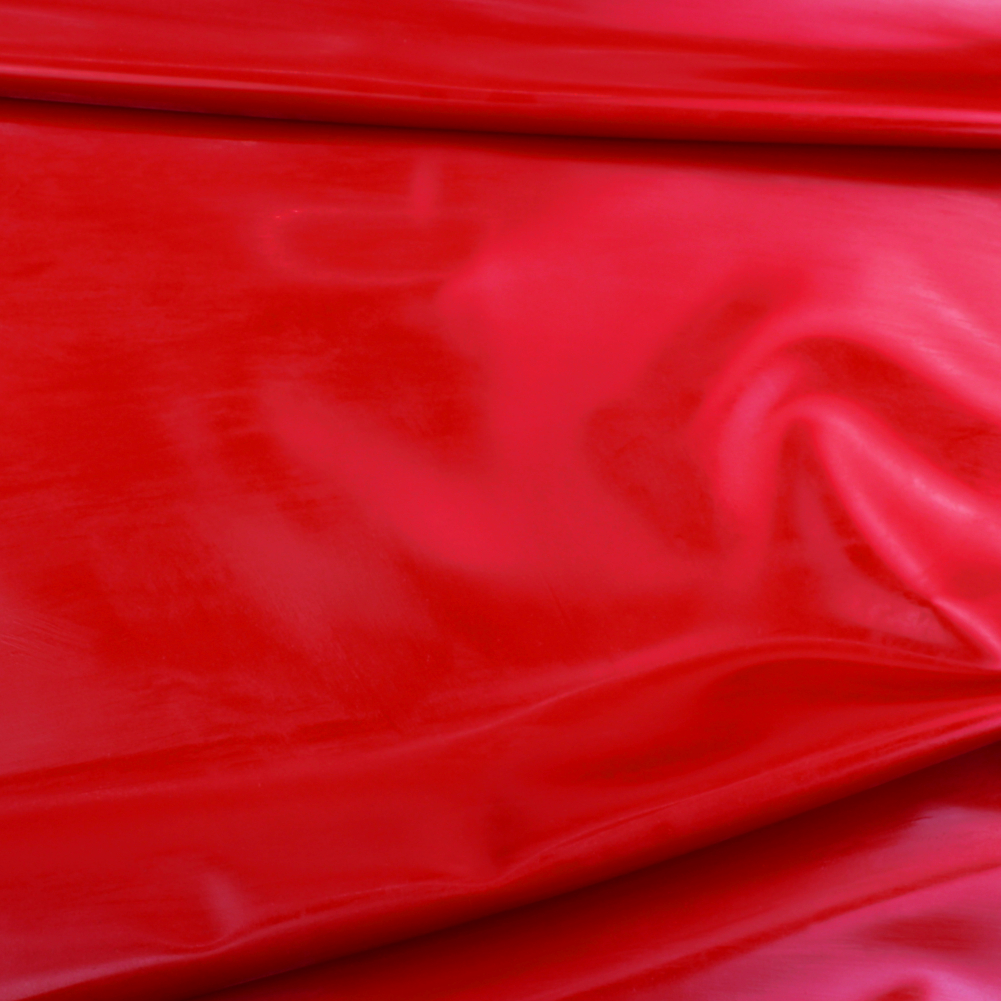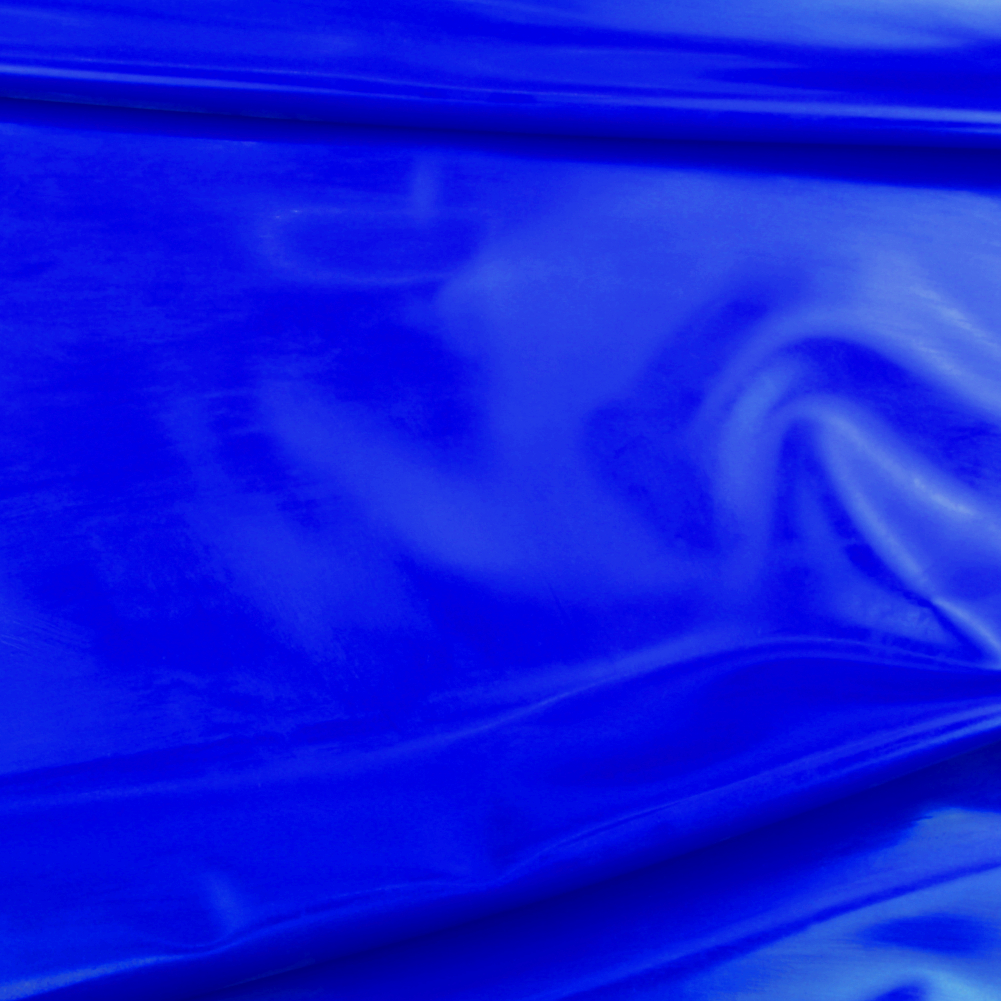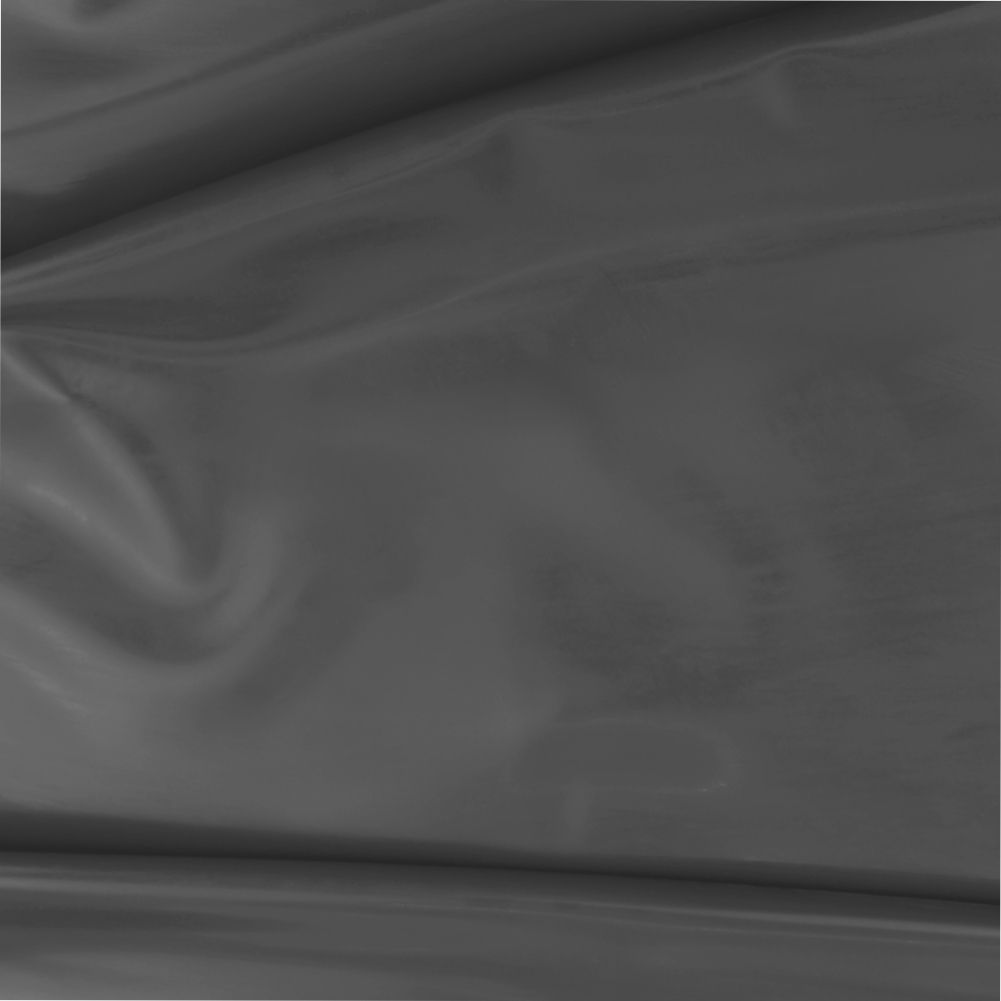Latex meterware / latex sheets made from natural latex
Latex panels Natural latex Latex clothing
Latex sheets are popular in many applications.
They are preferably used in the clothing and fetish industry as a starting material for the production of latex clothing.
Material thickness for latex
In the clothing industry, latex sheets are “typically” used in thicknesses of 0.25 mm, 0.4 mm, 0.6 mm, 0.8 mm, 1.0 mm and 1.2 or 1.4 mm.
Stronger tracks are sometimes used for special applications, but this is rather the exception.
The thicker the latex is, the more stable it is, but the less elastic it is.
If you have ever worn latex, then you probably know how thinner latex compares to heavy latex.
Colors in the production of latex meterware
Almost all colors and combinations are possible:






A distinction is made between latex, structural latex and effect latex
(We explain structural latex and effect latex to you in another article)
Latex meter goods Latex panels Natural latex Latex clothing
Manufacturing process for latex sheets
There are basically three different manufacturing processes for latex sheets.
These three procedures couldn’t be more different.
The extrusion process (XT) for latex sheets
Here the liquid latex is pressed through two large rollers and then wound up on the other side.
The advantages of this process are that the sheets can be produced almost infinitely long and have the same material thickness at all points.
The disadvantage is that this process requires very large and expensive machines, which makes this form of production correspondingly expensive.
The dipping process (GT) for latex sheets
Here liquid latex is placed in a very large tank and a corresponding mold is then immersed in it.
Some finishing work will be necessary later because the latex has to be rolled off the mold.
The advantage of this process is that there are more color options than with extrusion.
The disadvantage is that the latex can only be produced in a certain size.
In terms of both length and width, the lengths can be produced as large as the pool or shape.
The casting process (GS) for latex sheets
The casting process probably offers the greatest possibility of variation, so this technique not only creates latex sheets but also structured and effect latex, such as with certain color gradients.
The advantage of this technology is that it offers the most possibilities and requires the least amount of machinery and money.
The downside is that it can take a very long time to learn.
The biggest errors or difficulties that can occur here are air pockets in the latex or different material thicknesses.
For these reasons, the casting process is usually used for slightly thicker latex from 0.5 mm.
It is therefore probably the most complex procedure, but also offers the greatest possibilities.
You can find further explanations about the production and care of latex in our BLOG
this site in german
Latex meter goods Latex panels Natural latex Latex clothing
